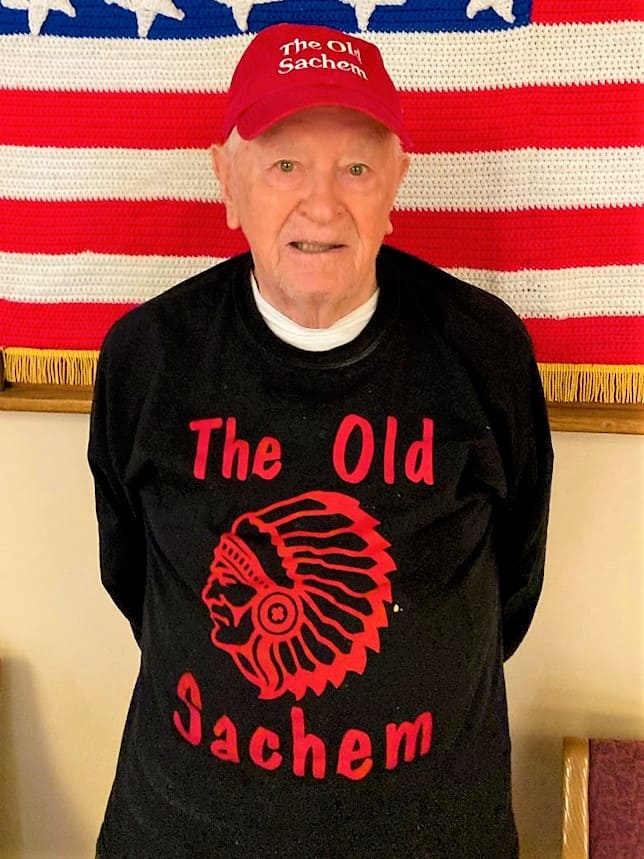By Bill Stewart
Recently we have looked at a colonial woman, Anne Hutchinson, who made history in the early American colony in the 1600s with her approach to Christianity which irritated the pastors of the colony. Before her, I wrote of Dorothea Bankart of Swampscott, who trained men of the 10th Mountain Division in World War II. Now we look at a woman who campaigned for help for mentally ill women who were treated like criminals in the 1800s.
Dorothea Dix was born April 4, 1802, in Hampton, District of Maine, Massachusetts (which is now Maine), and died July 17, 1887, in Trenton, New Jersey. She was an American educator, social reformer and humanitarian whose devotion to the welfare of the mentally ill led to widespread reforms in the United States and abroad. She is responsible for creation of the first generation of American mental asylums. During the Civil War she served as Superintendent of Army Nurses.
Born in what is now Hampton, Maine, she grew up in Worcester, Massachusetts. Her mother suffered from poor health and could not provide consistent support to her children. Her father was an itinerant bookseller and a Methodist preacher. At the age of 12, she and two brothers were sent to her wealthy grandmother in Worcester. During her teens, she began to teach in a girls school in Worcester and developed her own curriculum for her class; she emphasized ethical living and natural sciences. In 1821 she opened a school in Boston with girls of wealthy families. She soon began teaching poor and neglected children in the barn of her grandmother’s house. She then suffered from poor health, but from 1824 to 1830 she wrote mostly devotional books and children’s stories. She wrote “Conversations of Common Things,” “The Garland of Flora,” “Meditations for Private Hours,” “Alice and Ruth” and “Remarks on Prisons and Prison Discipline in the United States.”
Dorothea was raised a Catholic; she moved to Congregationalism, then converted to Unitarian. She traveled to St. Croix, where she saw slavery for the first time. She established a model school for girls in Boston, but in 1836 she suffered a breakdown. She went to Europe for her health and she was introduced to British social reformers who inspired her. She stayed with the Rathbone family. While in England her grandmother died and left a sizable fortune to Dorothea, and she also had a large amount from her books. She learned from her British friends to take part in the reform movement to care for the mentally ill. She participated in investigations of madhouses and asylums, publishing their studies to the House of Commons.
She returned to Boston in 1840 and conducted a statewide investigation of the mentally poor in Massachusetts. She started teaching classes for female prisoners who were locked up and whose medical needs were not being satisfied because only private hospitals were capable of treating those who could afford the prices. In the East Cambridge jail she visited the basement, where there were four mentally ill prisoners living in cells that were “dark and bare and the air was stagnant and foul.” She saw how the prisoners were labeled as “looney paupers.”
She took on the job of righting the policies of the Commonwealth toward these individuals. She traveled to New Hampshire and Louisiana to press the cases like she did in Massachusetts. Her outstanding efforts turned to Washington, D.C., where she pushed and won the “Bill for the Benefit of the Indigent Insane” where Congress set aside 12,225,000 acres to be used for the benefit of the mentally ill. Next week we will see how Dorothea changed the life of mentally ill women.
(Editor’s Note: Bill Stewart, who is better known to Saugus Advocate readers as “The Old Sachem,” writes a weekly column about sports – and sometimes he opines on current or historical events or famous people.)



